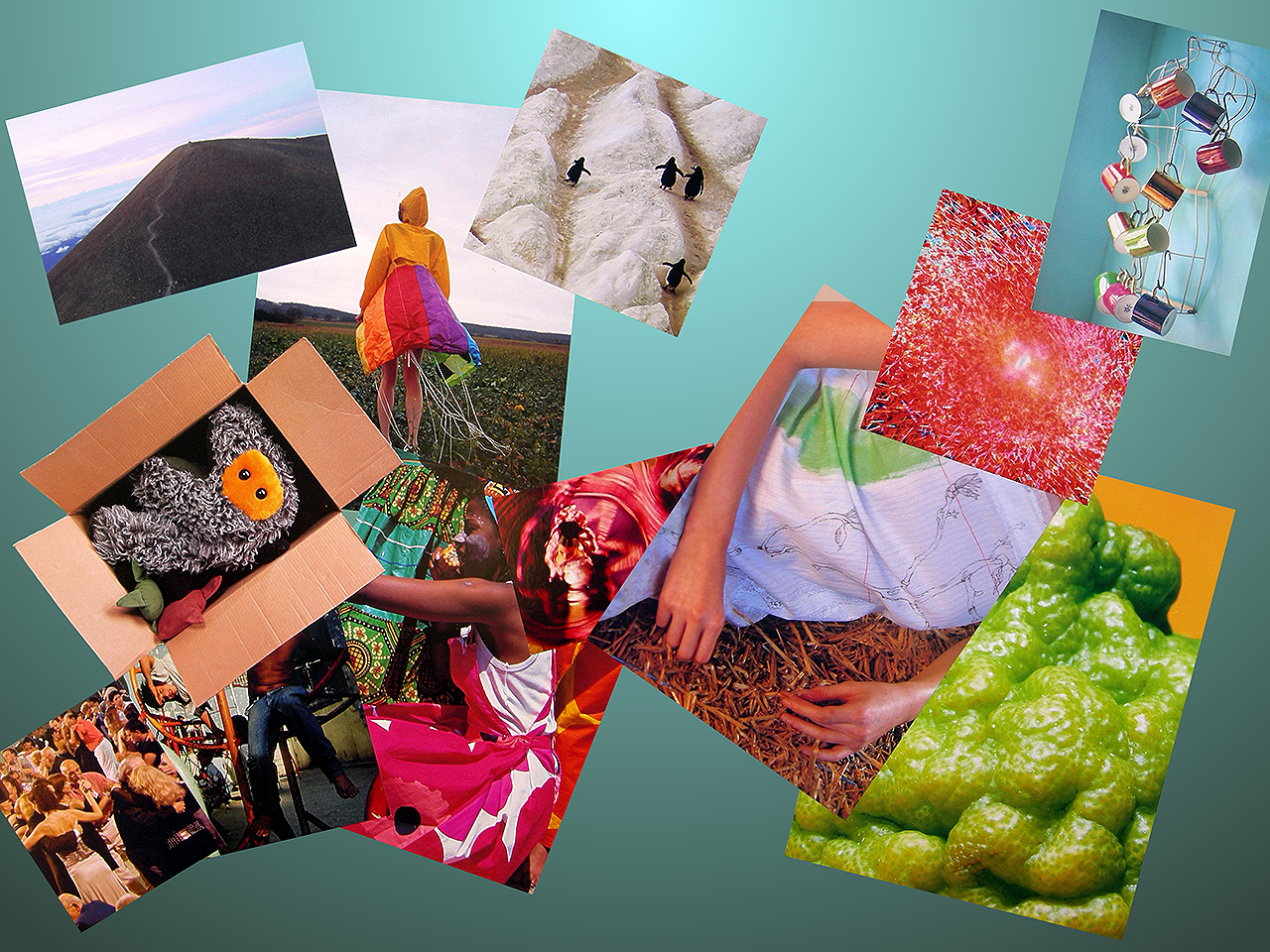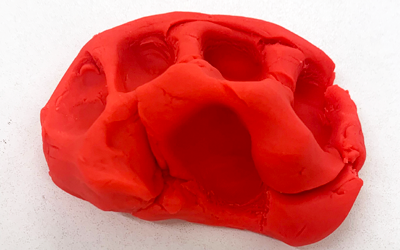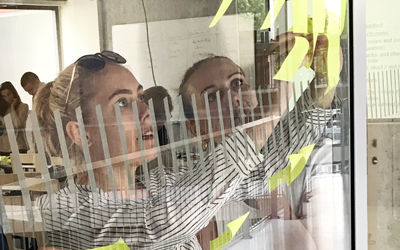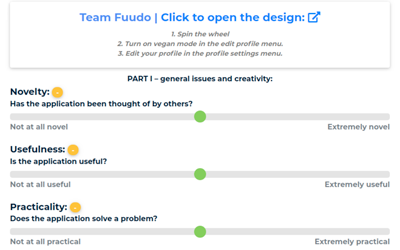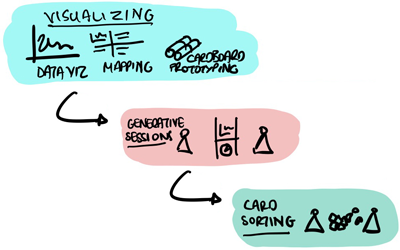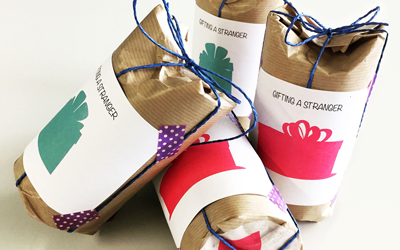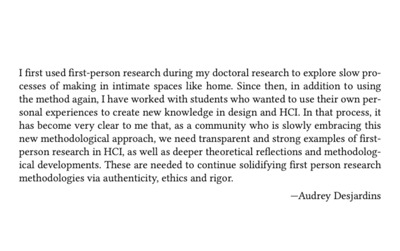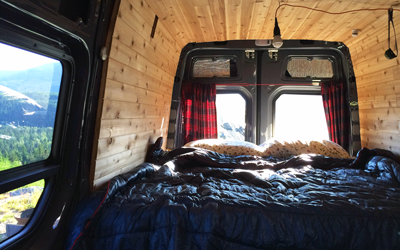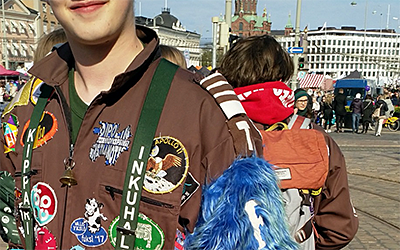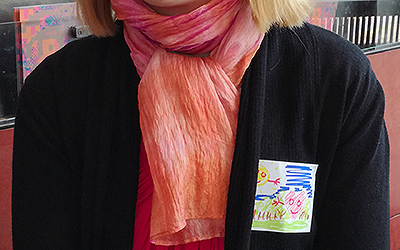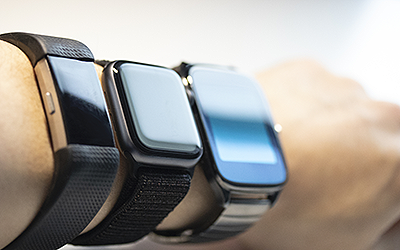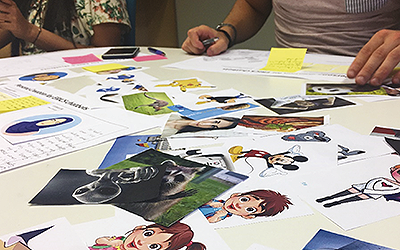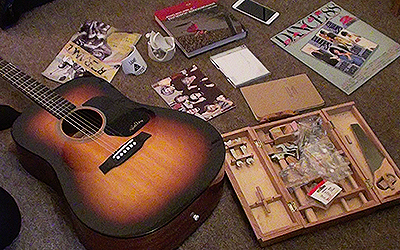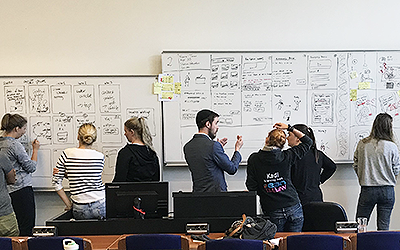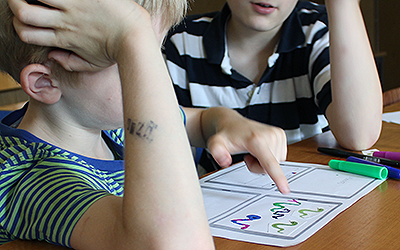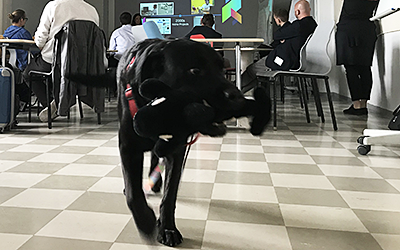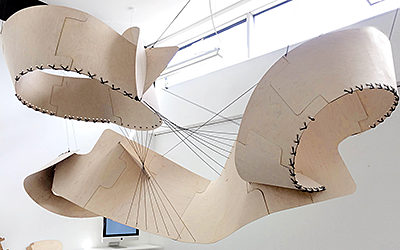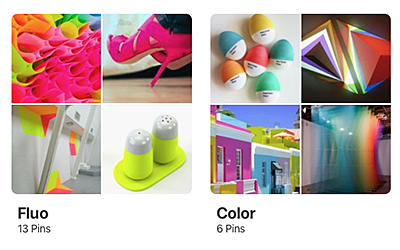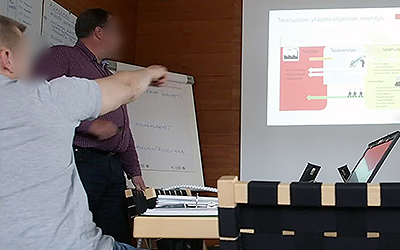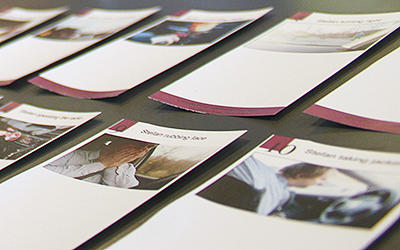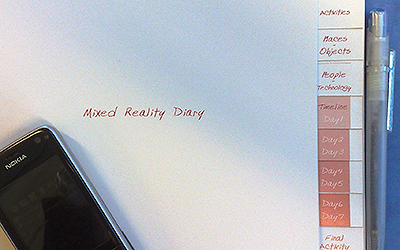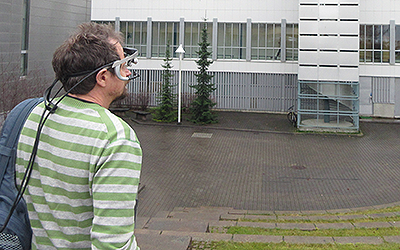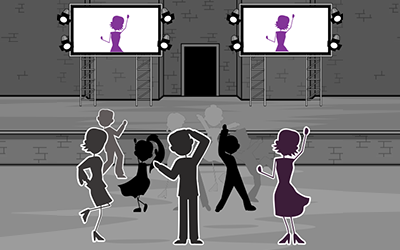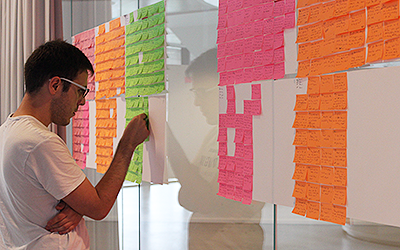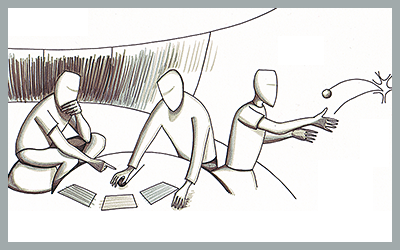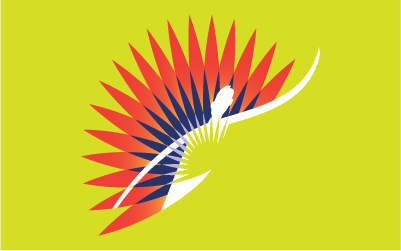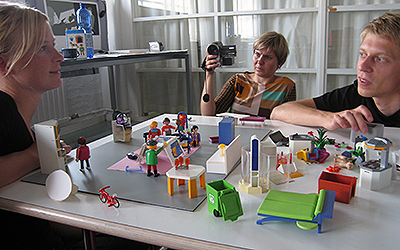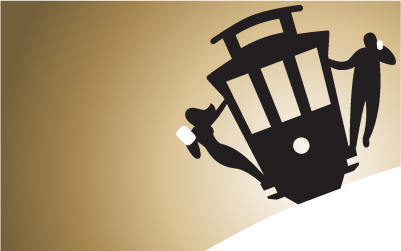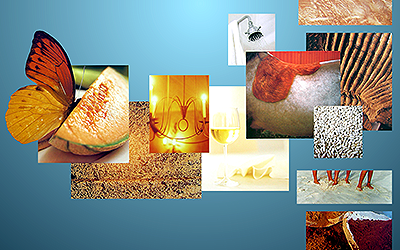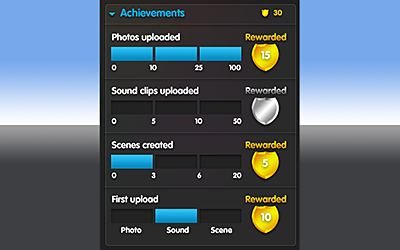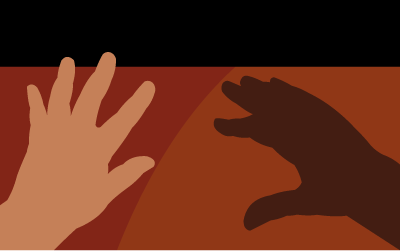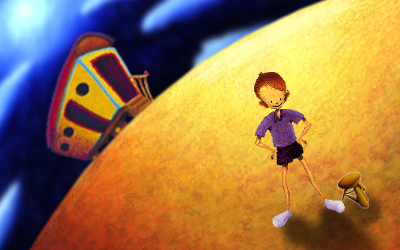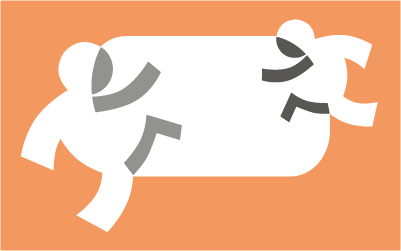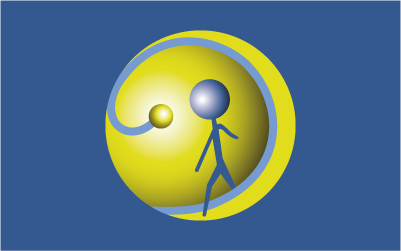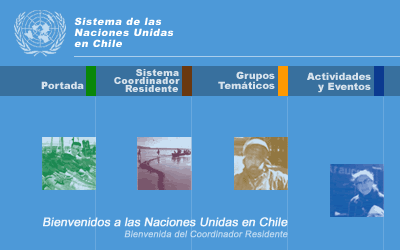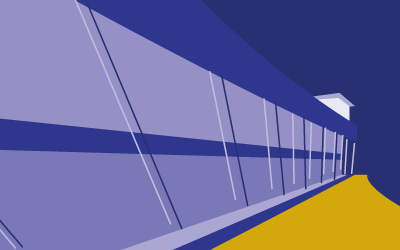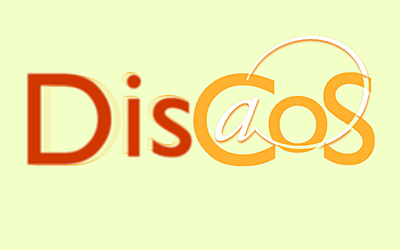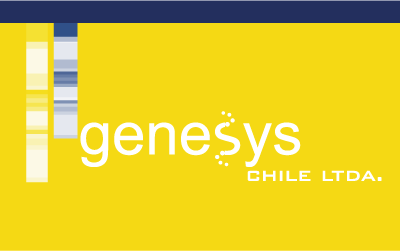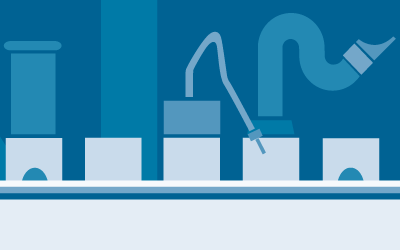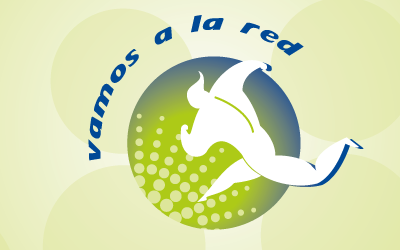Mood boards are an idea development tool used by designers and their clients to communicate, think, and share their different views that emerge from the design brief while defining future products or trends. Mood boards mostly consist of visually stimulating images, but can also include color and material swatches, textures, drawings, and physical objects that are affixed to A0, A1, A2 or A3 foam boards. Images from magazines and books are used to tell a story about the company, product, or audience. There is no right or unique interpretation of a mood board.
Mood boards play five main roles in the early stages of the design process were identified. First, mood boards play a framing role by defining the limits of the design task, which includes both problem setting and problem solving. Second, mood boards assist in the transmission of a mindset or vision by aligning the different stakeholders and getting them on the same wavelength. Third, mood boards support designers in visually researching apparently conflicting or contradicting ideas or paradoxing. Fourth, mood boards play an abstracting role by allowing designers to juxtapose both concrete and abstract imagery depending on the project and client. Finally, mood boards play a directing role by setting a trajectory for future design efforts.
Senses + Essence Mood Boards
Set of two mood boards. Senses (above), explores the use of five senses (i.e., sight, hearing, smell, taste, touch) instead of just sight for a surface computing tool that supports professional users in their work. Essence (below), summarizes and communicates the roles that mood boards play at the start of the design process.
